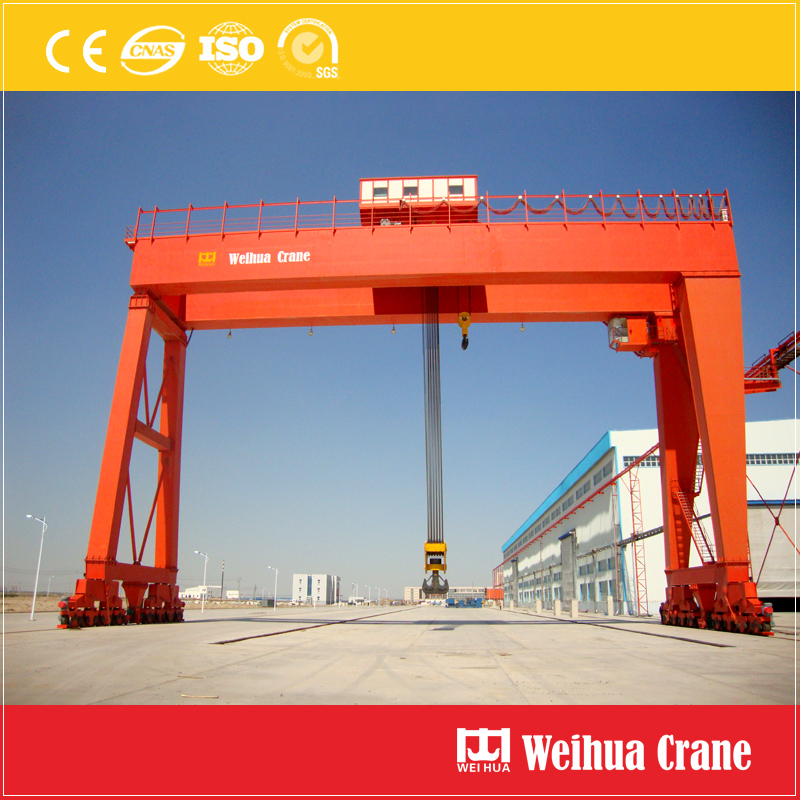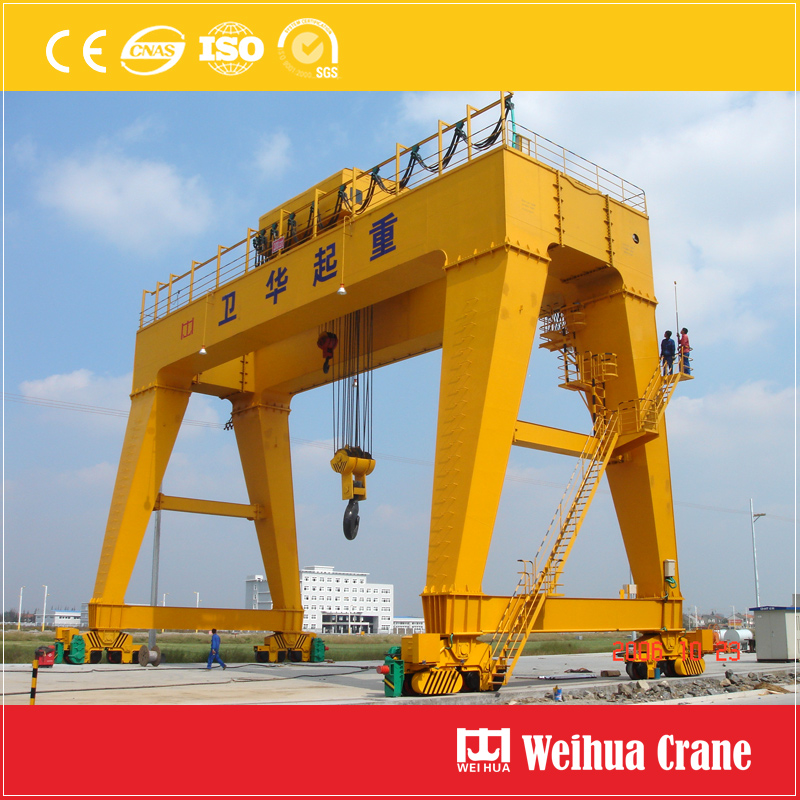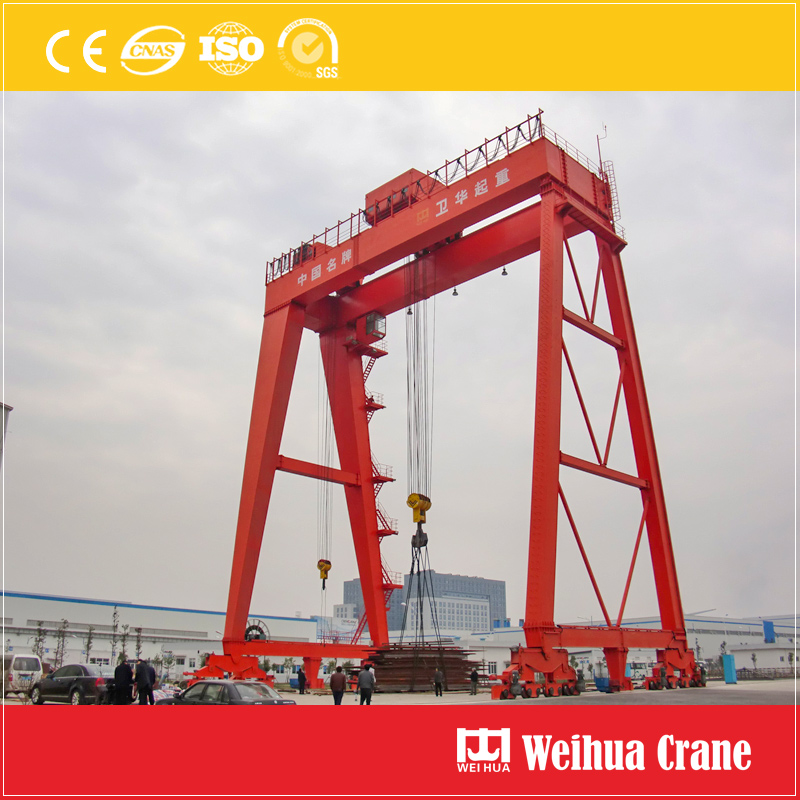Brass and galena ore often associated, and may be similar to floating, separation is difficult, and therefore a multi-lead metallic copper sulfide ore flotation separation usually lead to the copper sulfide minerals float mixed to obtain mixture of copper and lead Concentrate, then de-dosing, inhibiting, and flotation separation. The method of mechanical removal off the main drug medicine, chemical and physical agents and special chemical removal method of drug removal; effective inhibitors of copper and lead are mainly isolated heavy chromate (inhibition floating lead, copper), cyanide (Cu flying lead inhibition) Etc.; collectors usually use Z-200. In this test, the copper-lead mixed concentrate after the flotation of xanthate was treated with sodium sulfide, and the low-toxic mixture DW was used as an inhibitor. Z-200 was used as a collector to conduct flotation experiments on minerals. Copper and lead separation.
At present, the theoretical research on the separation of copper and lead is mainly focused on the development of high-efficiency, low-toxic (or even non-toxic) inhibitors and the mechanism of action of inhibitors and minerals. In this experiment, the mechanism of drug removal of sodium sulfide was studied by UV spectrophotometry and solution chemistry.
First, research methods
(1) Mineral sample
After the test used chalcopyrite and galena were taken from Hunan Chenzhou Mining and lead zinc ore FANKOU Guangdong, impurity selected from the ore crushing handling, milled ceramic spherical tank, vibrating sieve, -200 mesh particles take Grade mineral samples are tested for single minerals and ore. The purity of the ore sample used in the test was 92.35%, and the chalcopyrite was 72.65%. The main impurities fluorite and calcite had little effect on the ore properties.
(2) Test chemicals and equipment
The test used 2 # oil, Z-200 was industrial grade, Dinghuang and Na 2 S were analytically pure, and NaOH was used as the pH adjuster in the test. The mixed drug DW is formed by mixing an analytically pure inorganic agent and two industrial grade organic substances in a certain ratio.
(3) Test methods
1. Single mineral flotation test
The flotation test is carried out on an XFG type trough flotation machine, which consists of four steps of harvesting-desorption-inhibiting-harvesting. Each time 2.0 g of the ore sample was weighed and treated with ultrasonic for 15 min, clarified, and the upper liquid was poured off, and a single mineral test was carried out according to the procedure of Fig. 1. The foam product and the product in the tank are separately filtered, dried, weighed and the recovery rate is calculated.

Figure 1 Single mineral flotation test process
2. UV measurement adsorption test
Add 1.0 g of the ore sample to 18 mL of distilled water, adjust to the test pH value, add the initial concentration of the butyl xanthate to 18.80 mg / L, magnetically stir for 5 min, add the test amount of Na 2 S, magnetically stir for 5 min, then The mixture was centrifuged for 20 min in a 200 r/min centrifuge. The supernatant was filtered through a filter paper. The absorbance of the filtrate was measured at a wavelength of 300 nm. The absorbance was recorded. The standard curve of the drug was used to calculate the yellow in the solution. The content of the drug.
Second, the test results and discussion
When pH=8.80, the butyl xanthate (dosage 1×10 -4 mol/L) is used as the collector, and the 2 # oil (10 mg/L) is used as the foaming agent. In the mineral flotation test, the recovery rates were 93.12% and 91.56%, respectively.
(1) Effect of the amount of sodium sulfide on the recovery rate of mineral flotation and slurry potential
The deionization test of the galena concentrate by flotation of Dinghuang was carried out with sodium sulfide. The test only added 5 mg/L of 2 # oil without DW and Z-200. The results are shown in Fig. 2; the deionization test of the chalcopyrite concentrate flocculated by the sodium sulphate was carried out with sodium sulfide, and only 5 mg/L of 2 # oil was added, and DW and Z-200 were not added. The result is shown in Figure 3.

Fig. 2 Effect of Na 2 S dosage on the flotation recovery rate and slurry potential of the lead ore
â–¡-recovery rate; â—-potential

Fig. 3 Effect of Na 2 S dosage on recovery of chalcopyrite flotation and slurry potential
â–¡-recovery rate; â—-potential
It can be seen from Fig. 2 that with the increase of the amount of sodium sulfide, the flotation recovery rate of galena is rapidly reduced. When the amount of sodium sulfide is 5×10 -4 moL/L, the flotation recovery rate of galena is 86.59%; when the amount of sodium sulfide is 2.5×10 -3 mol/L, the flotation recovery of galena is only 17.88%. It indicates that the amount of sodium sulfide has a great influence on the recovery rate of lead ore. When the amount of sodium sulfide is 2.5×10 -3 mol/L, the decontamination effect of the other lead ore concentrate is very obvious. It can also be seen from Fig. 2 that the galena slurry potential decreases with the increase of the amount of sodium sulfide.
It can be seen from Fig. 3 that with the increase of the amount of sodium sulfide, the recovery rate of chalcopyrite is gradually decreased, but the effect of the amount of sodium sulfide on the recovery of lead ore is significantly greater than that of the recovery of chalcopyrite. When the amount of sodium sulfide is 2.5×10 -3 mol/L, the flotation recovery rate of chalcopyrite is 45.20%, indicating that the dissolving effect of sodium sulfide on chalcopyrite is also obvious. It can also be seen from Figure 3 that the chalcopyrite pulp potential decreases as the amount of sodium sulfide increases.
In summary, sodium sulphide has a significant effect on the deionization of galena and chalcopyrite concentrates by flocculating Dinghuang, especially in the lead ore. The amount of sodium sulfide determined by the test is 2.5×10 -3 . moL/L.
(II) Sensitivity test of selective inhibition of DW by drug-free products
After completing the study on the de-drug effect of sodium sulfide on the galena and chalcopyrite concentrates after flotation of butyl sulphate, the sensitivity of the concentrate after de-dosing to the selective inhibitor DW was continued.
1. The effect of DW on the inhibition of single minerals
The galena and chalcopyrite concentrates after 2.5×10 -3 moL/L sodium sulfide were removed, and the pH values ​​were adjusted to 8.60 to 8.80, respectively, and 100 mg/L of Z-200 and 5 mg/L were added respectively. #油,Inhibitor DW dosage on their recovery and slurry potential results are shown in Figure 4 and Figure 5.

Fig. 4 Effect of inhibitor DW dosage on flotation recovery and slurry potential of lead ore
â–¡-Recovery rate: â—-potential

Fig. 5 Effect of the amount of inhibitor DW on the flotation recovery and slurry potential of chalcopyrite
â–¡-recovery rate; â—-potential
It can be seen from Fig. 4 that within the range of DW dosage, the recovery rate of galena with the increase of DW dosage first decreases rapidly and then goes flat. When the DW dosage increased from 0 to 40 mg/L, the recovery rate of galena decreased from 78.65% to 30%. When the DW dosage increased to 120 mg/L, the recovery rate of galena further decreased to 18.07%, indicating DW. The other party's lead ore has a good inhibitory effect. It can also be seen from the figure that with the increase of DW dosage, the galena slurry potential shows an overall upward trend.
It can be seen from Fig. 5 that DW has almost no inhibitory effect on the chalcopyrite after desulfurization with sodium sulfide, and the recovery rate of chalcopyrite is always maintained at about 90%. As the amount of DW increases, the potential of the chalcopyrite pulp first drops and then rises.
It can be seen from the comparison that the slurry potential is weakly correlated with the recovery rate of chalcopyrite and galena. After DW dosage of 120mg/L, the flotation recovery rate of chalcopyrite and galena is 68.26 percentage points, indicating that the mixed concentrate of lead ore and chalcopyrite is desulfated with sodium sulfide, DW inhibition, Z-200. The flotation separation of chalcopyrite and galena can be achieved by harvesting.
2. Artificial mixed ore flotation test results
The single mineral flotation test procedure was used to carry out the artificial mixed ore flotation test of chalcopyrite and galena. In the test, 1.5 g of galena and chalcopyrite were respectively taken, pH=8.80, and the amount of Dinghuang was 1×. 10 -4 mol/L, 1st and 2nd stage 2 # oil dosage is 10mg/L and 5mg/L, Na 2 S dosage is 3.75×10 -3 mol/L, DW dosage is 180mg/L, Z- The amount of 200 is 100 mg/L. The test results are shown in Table 1.
Table 1 Separation test results of chalcopyrite and galena artificial mixed ore

It can be seen from Table 1 that the inhibitory effect of DW on chalcopyrite and galena is very different, and the flotation separation of chalcopyrite and galena can be effectively realized, so that the copper grade in the concentrate reaches 18.46%, and the recovery rate It is 82.71%, the lead grade in tailings is 72.27%, and the recovery rate is 78.34%. Therefore, DW has a good selective inhibition of artificially prepared copper and lead mixed ore.
3. Pingjiang copper-lead-zinc mine verification test
Test copper ore sample is Pingjiang lead-zinc ore minerals are useful galena, sphalerite and chalcopyrite, secondary metal minerals pyrite, limonite, quartz gangue minerals, calcite and sericite, and chlorite. Among them, the useful metal minerals such as chalcopyrite and galena are all floatable minerals. Therefore, the separation of copper and lead is difficult. The test procedure and the pharmaceutical system are shown in Figure 6. The copper and lead separation indicators are shown in Table 2.

Figure 6 Copper, lead, zinc polymetallic ore separation process test
Table 2 Copper and lead separation test results %

It can be seen from Table 2 that the floatability of lead and zinc is very close, and the recovery rates of copper and lead in mixed concentrates are 89.65% and 87.97%, respectively. The removal of Na 2 S has created a good selectivity for DW. Conditions, so the separation of copper and lead is very thorough.
(III) Effect of Na 2 S on the adsorption amount of butyl xanthate on mineral surface
Studies have shown that Na 2 S has a good decoupling effect on the chalcopyrite and galena of flocculent flotation. The effect of the amount of Na 2 S on the adsorption amount of xanthate on the mineral surface is shown in Fig. 7 (the dosage of Dinghuang is 18.80 mg/L).

Fig. 7 Relationship between the amount of sodium sulfide and the adsorption amount of Dinghuang on mineral surface
â– -galena; â—-chalcopyrite
It can be seen from Figure 7 that when the amount of Na 2 S is 0, the adsorption amount of Ding Huang on the surface of galena and chalcopyrite is 18.60 mg/L and 18.71 mg/L, respectively, and almost all of the added Dinghuang is adsorbed. On the mineral surface. As the amount of Na 2 S increases, the xanthate adsorbed on the surface of chalcopyrite and galena is gradually reduced. When the amount of sodium sulfide reaches 2.5×10 -3 mol/L, the bismuth is in galena and brass. The adsorption amount of the ore surface was 0.05mg/L and 0.04 mg/L, respectively, and the Dinghuang drug adsorbed on the mineral surface was almost completely desorbed, achieving the purpose of drug removal. The test systematically depicts the effect of the amount of Na 2 S on the amount of saponin adsorbed.
(4) Desorption of mineral surface smectin by Na 2 S
Na 2 S so that the main reason for the mineral surface adsorption desorption xanthate is hydrolyzed Na 2 S formed in a large amount of a hydrophilic solution HS -, φ-pH according to Fig. 8 sodium sulfide solution found sulfur components: the test under pH conditions (pH = 8.6 ~ 8.8), Na 2 S in the pulp mainly HS - forms.

Figure 8 φ-pH of sulfur component in sodium sulfide solution
HS - mainly realizes its drug-removing effect on the adsorption of xanthate on the mineral surface from the following two aspects. First, HS - induced by Na 2 S hydrolysis adsorbs on the mineral surface and forms competitive adsorption with xanthate ion (BX - ). The competitive adsorption of HS - and BX - on the mineral surface can be characterized by the Langmuir mixed gas adsorption formula. Smith, Zhao Zhenguo and other studies have shown that the Langmuir mixed gas adsorption formula can be applied to the adsorption of mixed solutes; the ratio of the adsorption amounts of the two solutes can be obtained by this formula.
n i / n j =k(c i /c j )
Where n i , n j are the adsorption amounts of HS - , BX - ; K is a constant in the Langmuir formula; c i , c j are the concentrations of HS - , BX - . Applying this formula to the competitive adsorption of HS - and BX - on the mineral surface, it is known that as the amount of sodium sulfide increases, the concentration ratio of HS - and BX - in the solution becomes larger, that is, HS - accounts for the total amount of adsorbed chemicals on the mineral surface. The proportion of the amount increases, which is consistent with the measurement of the adsorption amount.
Second, the pulp HS - with the pulp xanthate reaction. The following are the calculation results of the reaction of HS - and Pb (BX) 2 :

therefore,

Test pH=8.8, ie c(H + )=10 -8.8 mol/L, the minimum concentration of Na 2 S required to replace Pb(BX) 2 in equilibrium is
![]()
The product of the action of Ding Huang and chalcopyrite is Cu(BX) 2 , and the effect of HS - is the same as that of galena. It is calculated that the minimum Na 2 S required for replacing Cu(BX) 2 in the slurry is calculated. The concentration is 10 -12.8 mol/L. Since the calculation does not consider the reaction speed and the influence of other ions in the slurry, the calculation results are deviated from the amount of sodium sulfide required for the actual test, but the results of the adsorption amount test (the amount of sodium sulfide is 2.5×10 -3 mol/L, the mineral The amount of residual xanthate on the surface is almost 0). It can be reflected from the side. During the test, HS - reacts with copper xanthate and lead xanthate to form a fresh sulfide ore surface.
Third, the conclusion
(1) Flotation test results show that the use of Na 2 S, DW, Z-200 to remove, reduce, and capture copper and lead mixed concentrates can achieve flotation separation of galena and chalcopyrite.
(2) Adsorption amount test results show that when pH=8.6~8.8, the HS - generated by sodium sulfide reacts with the xanthate ion to desorb the xanthate ion adsorbed on the mineral surface.
(3) By calculation, under the test pH value, HS - can react with xanthate in the slurry to re-form the surface of fresh sulfide ore, creating conditions for subsequent flotation of sulfide ore.
The Double Girder Gantry Crane is commonly employed to handle large wokring pieces outdoors, which has strong hoisting capacity, large span, good stability, etc. Double girder Gantry Crane self-weight is larger than that of Single Girder Gantry Crane even for the same hoisting capacity weight, and the cost is also higher. According to the main girder structure, double girder gantry crane can be divided into 2 types: box girder and truss girder. Generally the box-type girder is the most commonly seen type.

Weihua also provide European standard (FEM and DIN standard) double girder gantry crane with the following features:
1. Adopt modularization design for lifting mechanism, FEM/DIN standard, light weight
2. High-strength alloy-steel forging wheels
3. No welded legs for profile steel
4. Capsule cab with broad vision
5. Rectangular steel- pipe handrail
6. Hard tooth surface reducer imported from Germany
7. Power supplied by engineering drag chain
8. World's leading anti-sway control technology
10. Advanced fabricated technology
11. Low-energy and maintenance-free

Capacity: 10t - 100t or custom
Span: 6m - 35m or custom
Lift height: 6m - 12m or custom
Work duty: A5, A6 or custom
Sling device: hook or other
Packing: Wooden case, rain cloth, reinforced bar, etc.

Weihua is a China leading crane manufacturer with 31 years experience. You can find our products all over China, also in 110 countries such as the UK, Russia, USA, Thailand, Ukraine, Egypt, Mexico, Pakistan, Malaysia, etc. We have confidence to provide you with the right products and professional solutions. Welcome to visit Weihua.

Double Girder Gantry Crane
Rtg Crane,Double Girder Gantry Crane,Gantry Crane With Grab,Grab Bucket Gantry Crane
Henan Weihua Heavy Machinery Co., Ltd. , https://www.hoistcrane.nl